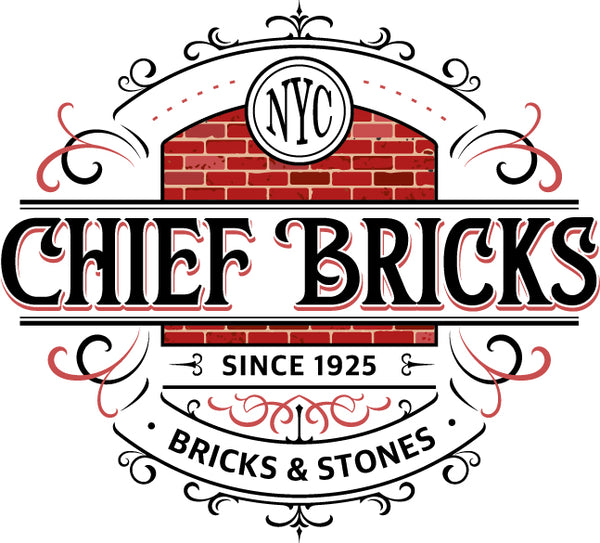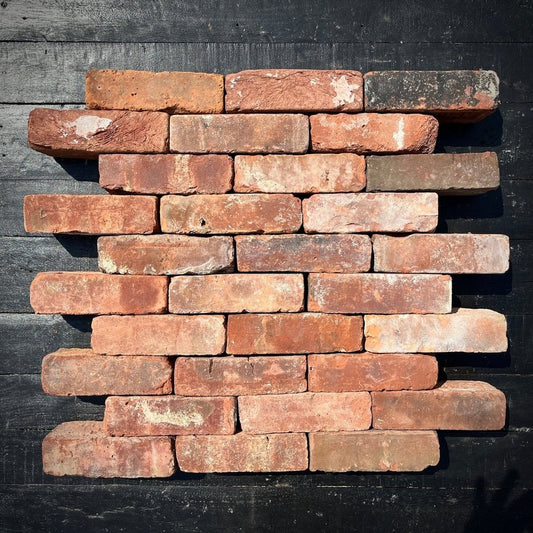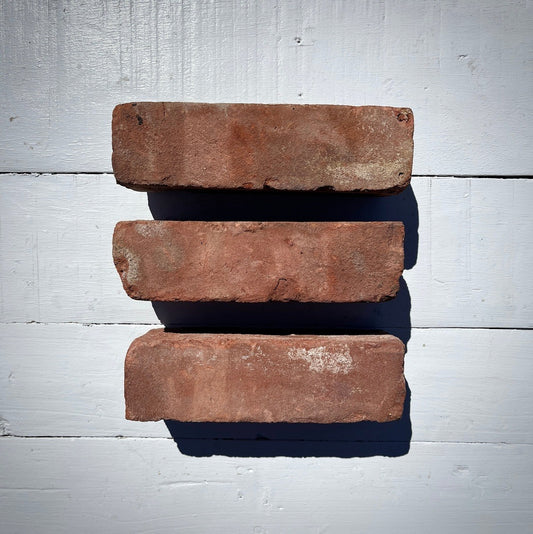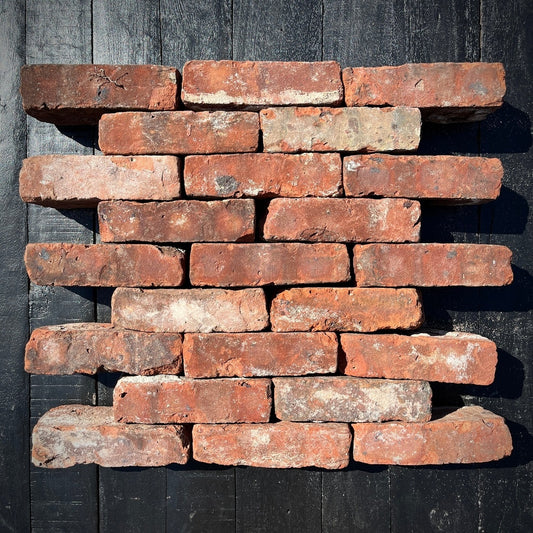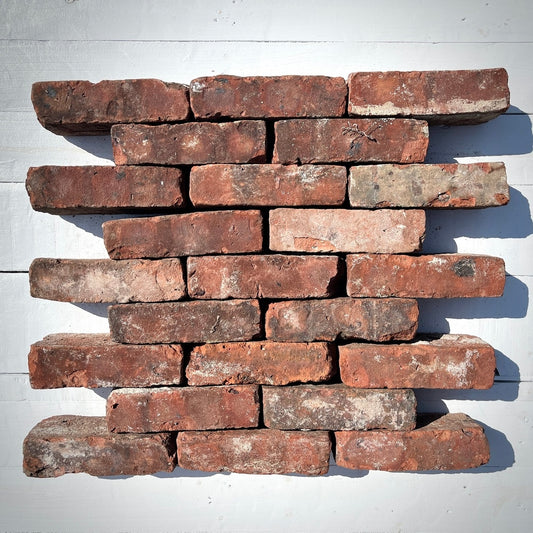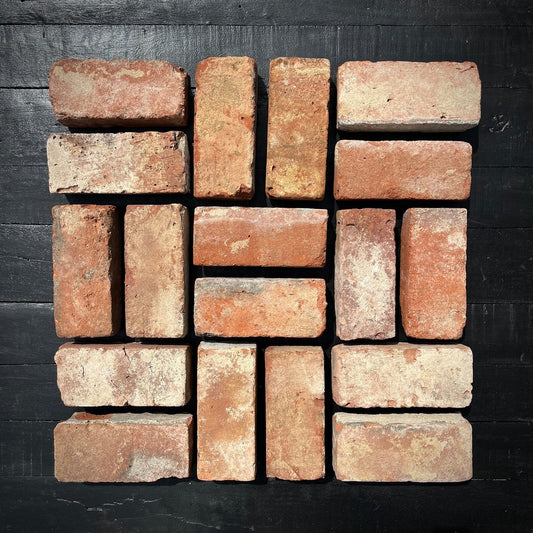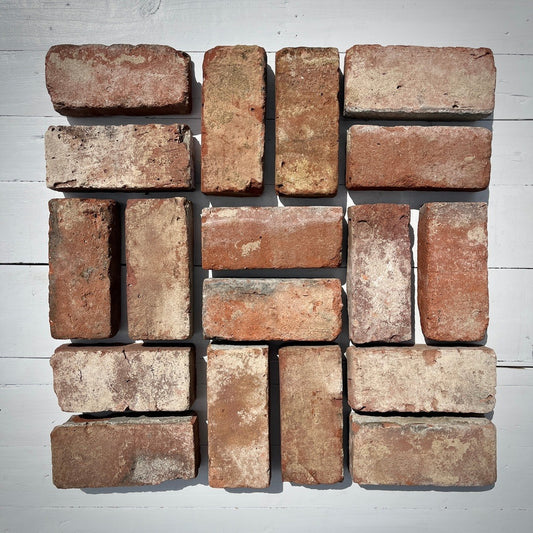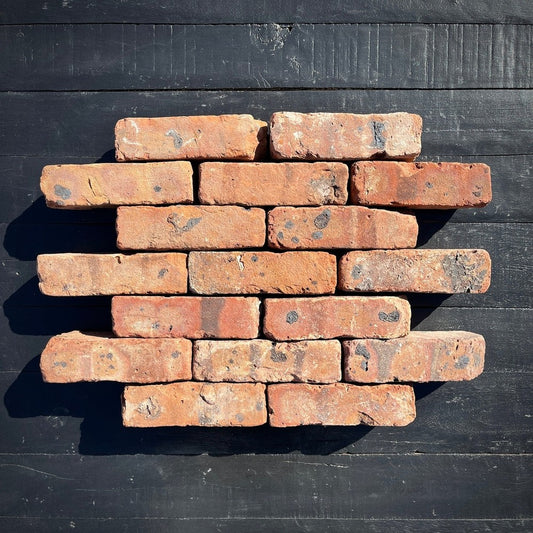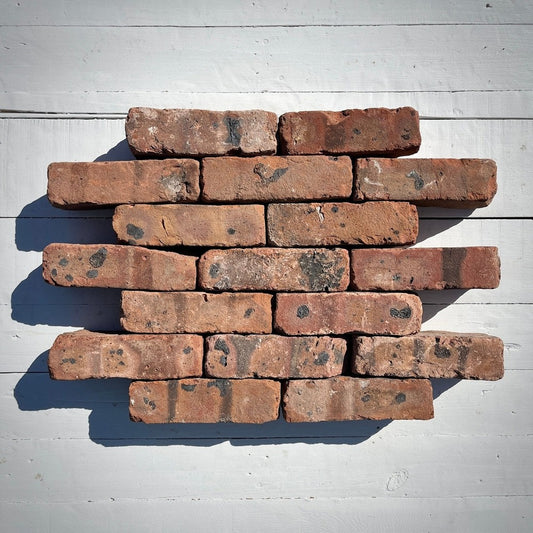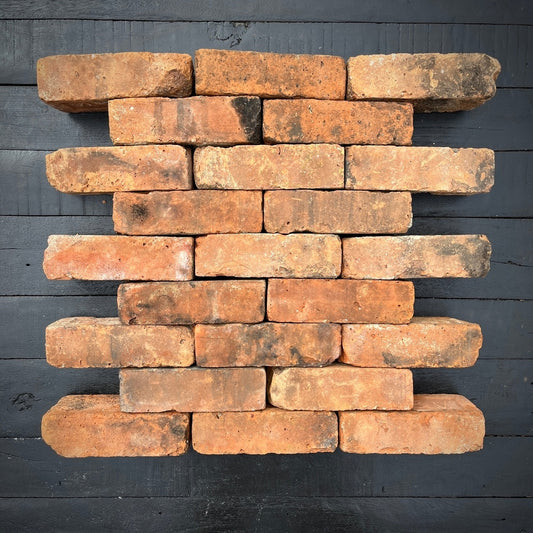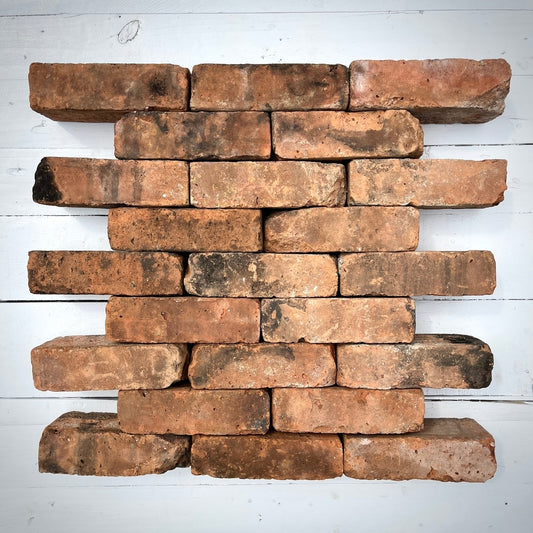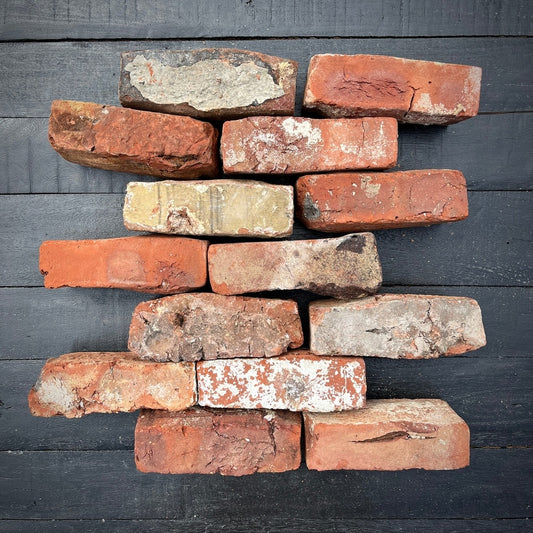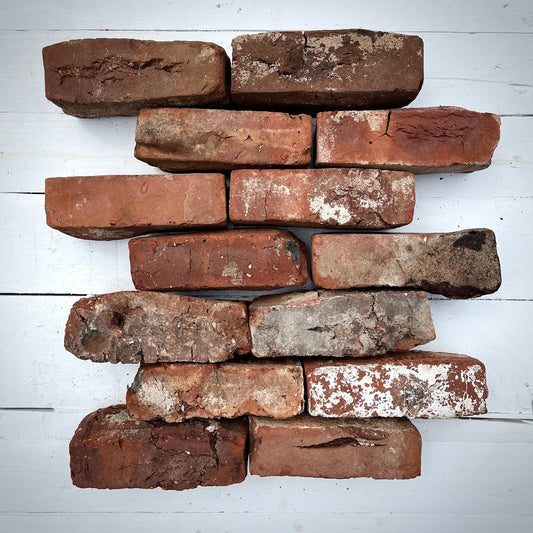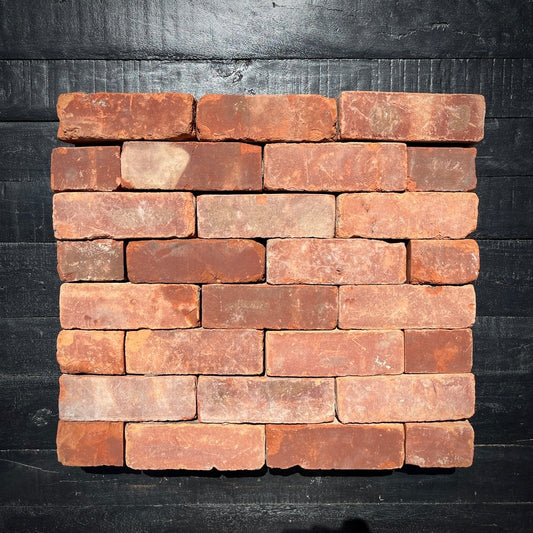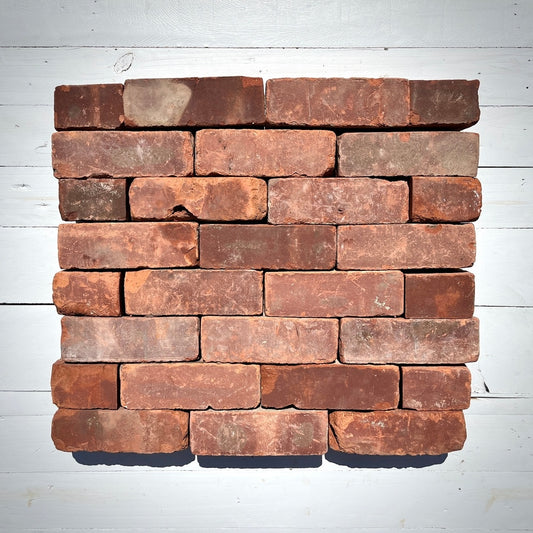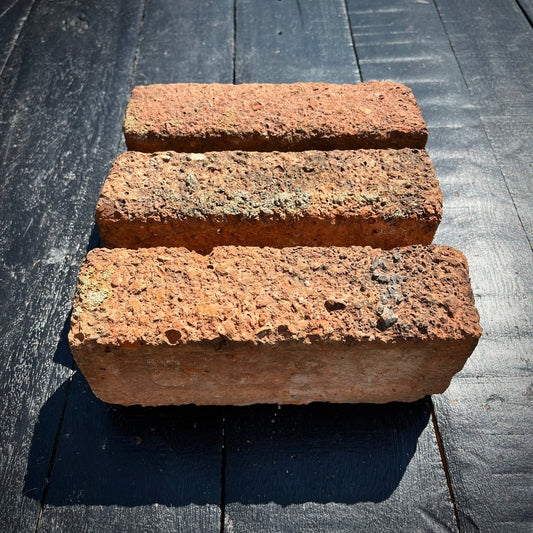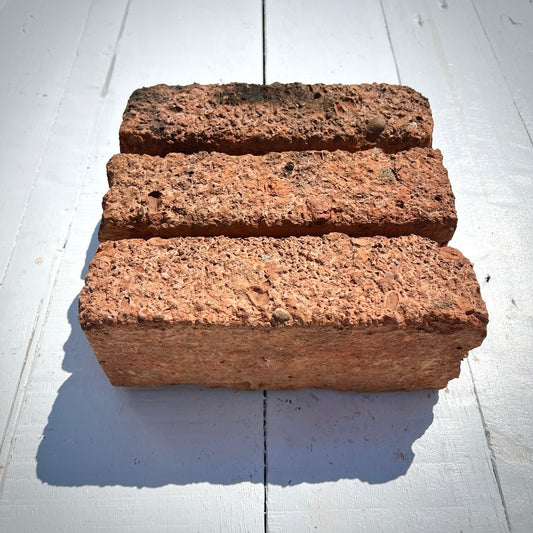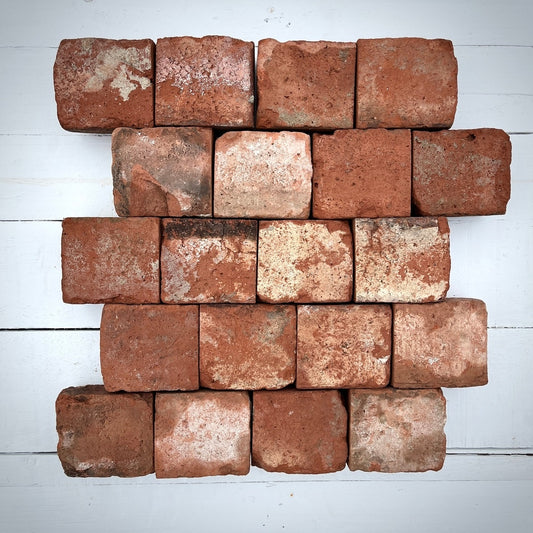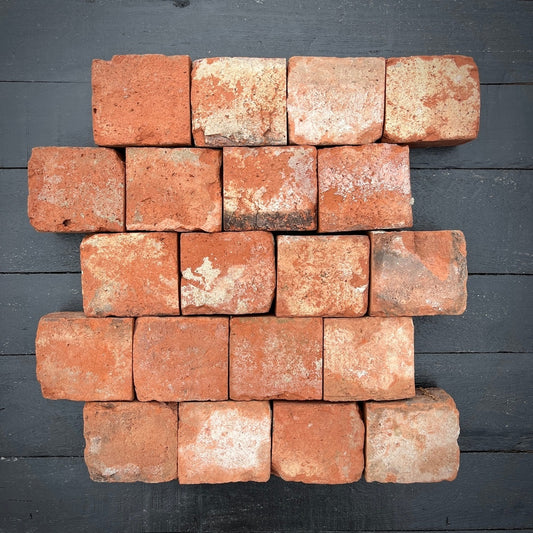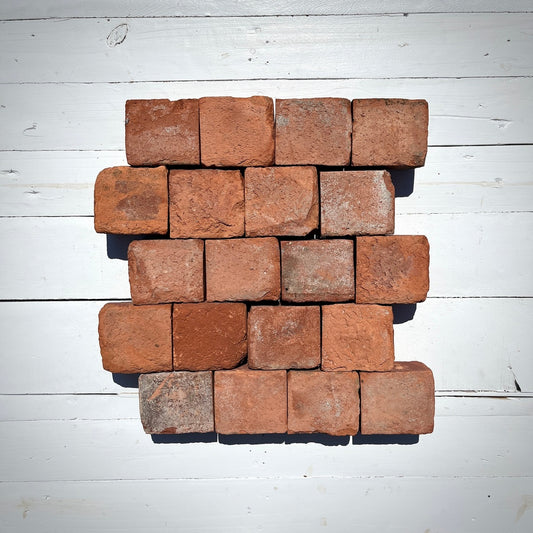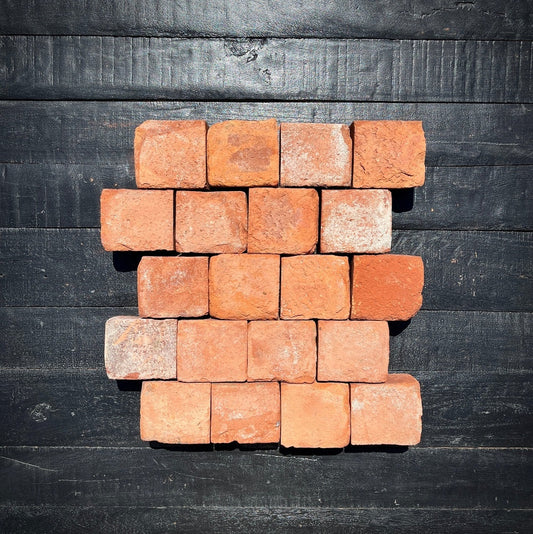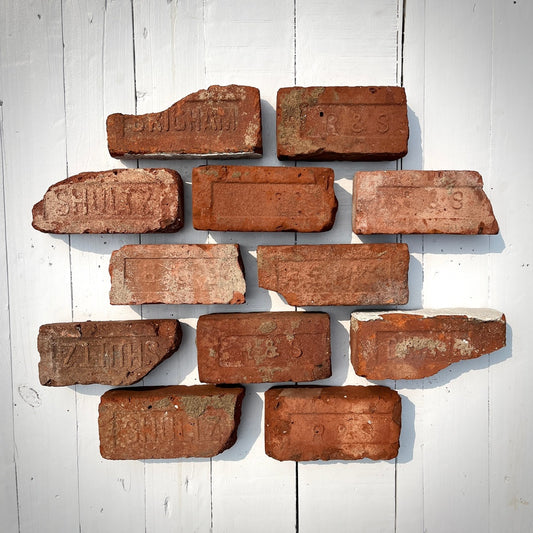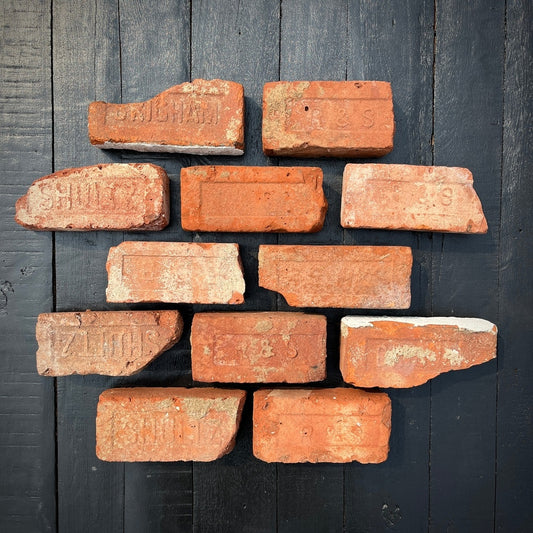Brick sealing can make a significant difference for your home or business. A charming brick patio or a sturdy exterior brick wall represents a major investment. Sealing those bricks is a crucial step to protect that investment from the elements.
But what does it really accomplish? Applying a sealer is about more than just aesthetics, though the visual improvement is a definite perk. It is a fundamental maintenance task that preserves the integrity and longevity of your brickwork.
This guide will walk you through the essentials of brick sealing. We will cover the basics, the benefits, and the step-by-step process. Let's get started on protecting your brick surfaces.
Table of Contents:
- What Is Brick Sealing?
- Why Should You Seal Your Bricks?
- Types of Brick Sealers
- How to Seal Bricks: A Step-by-Step Guide
- Weather and Application Considerations
- Common Mistakes to Avoid
- Maintaining Sealed Bricks
- Conclusion
What Is Brick Sealing?
Brick sealing is the process of applying a protective liquid coating to brick surfaces. This coating acts as a barrier, shielding the brick masonry from moisture, stains, and other damaging elements. You can think of it as a durable, invisible raincoat for your bricks.
The sealant penetrates the porous surface of the brick to create a hydrophobic layer. This layer prevents water from soaking in but often allows trapped water vapor to escape. This breathability is critical for the long-term health of the brick.
Sealers are available in different formulations to meet various needs and environmental regulations. Your choice will depend on your specific project and the type of brick you are working with.
Why Should You Seal Your Bricks?
You might wonder why you should seal your bricks. After all, bricks are known for their toughness. While bricks are durable, they are not invincible, and sealing offers several important advantages.
1. Protection from Moisture
Water is the primary enemy of any brick wall or surface. When water seeps into porous bricks, it can cause a host of problems, including mildew growth and efflorescence, which is a white, powdery deposit on the surface. In cold weather months, this absorbed moisture can freeze and expand, a process that leads to cracking, spalling, and chipping of your bricks and mortar.
Applying a quality masonry sealer creates a barrier that functions as a powerful water repellent. This protective layer keeps water out, preventing the cycle of freeze-thaw damage and mitigating potential water damage to the structure. This is especially important for retaining walls or block walls that are constantly exposed to ground moisture.
2. Stain Prevention
Unsealed bricks are like large sponges that can soak up nearly any liquid they come into contact with. This includes common culprits like dirt, grime, oil from a car, or even a spilled glass of wine on a patio. Once these substances penetrate the brick, they can be nearly impossible to remove completely.
A good sealant makes your bricks resistant to staining, keeping them looking clean and new. Spills will bead up on the surface rather than soaking in, making cleanup much simpler. This is particularly beneficial for high-traffic areas like walkways and patios, as well as interior applications such as fireplaces.
3. Easier Cleaning
Because sealed bricks resist absorption, they are much easier to clean than unsealed ones. Dirt, dust, and other debris sit on the sealed surface instead of becoming embedded in the pores of the brick. Often, a simple rinse with a garden hose or a light wash is enough to restore their appearance.
This saves you significant time and effort on maintenance over the long run. You can avoid harsh brick cleaners or aggressive pressure washing that can damage the brick surface over time. Easy cleaning helps maintain the aesthetic appeal of your property with minimal work.
4. Enhanced Appearance
Sealing can dramatically improve the visual appeal of your bricks by bringing out their natural color and texture. Some sealers provide a completely natural, invisible finish, while others can add a slight sheen or a wet look that deepens the color. An enhancer shield penetrating sealer, for example, can enrich the brick's tones while still offering protection.
This enhancement gives the brickwork a fresh, vibrant look that can boost your home's curb appeal. The right sealer can rejuvenate old, faded bricks, making them a standout feature of your property. You can choose options that best fit your desired aesthetic.
5. Increased Lifespan
By protecting your bricks from the primary causes of degradation—moisture, stains, and general wear—sealing can significantly extend their lifespan. A proactive approach to brick care prevents small issues from becoming large, costly repairs. You will not have to worry about tuckpointing or replacing damaged bricks for a very long time.
This long-term protection is a smart investment. The cost of sealing your brick masonry is minimal compared to the cost of major repairs or complete replacement. Proper sealing helps your brick structures last for decades.
Types of Brick Sealers
Not all brick sealers are the same. There are several types to choose from, each with specific characteristics. Understanding these differences will help you select the right product for your project.
1. Penetrating Sealers
These sealers, often called impregnating sealers, soak into the brick to form a protective barrier below the surface. They do not create a surface film, so they maintain the natural look and texture of the bricks. An invisible penetrating sealer is excellent for providing water repellency without altering the appearance.
This category includes silane/siloxane blends, which offer superior protection against moisture. Products like a shield penetrating sealer are ideal for exterior brickwork exposed to harsh weather. They offer durable protection while allowing the masonry to breathe.
2. Film-Forming Sealers
As the name implies, film-forming sealers create a protective film on the surface of the brick. They provide good protection against both water and stains. These sealers, often acrylic-based, can also enhance the color of your bricks and are available in finishes from matte to high-gloss.
However, a surface film can make the brick less breathable, potentially trapping moisture. They may also make the surface more slippery when wet. These sealers are a popular choice for interior concrete floors or decorative stamped concrete, but less so for exterior walking surfaces.
Comparing Sealer Types
To help you decide, here is a table comparing the main types of brick sealers.
| Sealer Type | Finish Appearance | Primary Protection | Breathability | Best For |
|---|---|---|---|---|
| Invisible Penetrating Sealer | Natural / Invisible | Water Repellent | High | Exterior brick walls, historic preservation |
| Enhancer Shield Penetrating Sealer | Color-enhancing, low sheen | Water & Stains | High | Patios, walkways, driveways |
| Film-Forming Acrylic | Low to high gloss | Water & Stains | Low to Medium | Interior concrete, decorative brick, garage floors |
You can also choose between a water-based version and a solvent-based version for many products. Water-based products, like Surfkoat WB, have lower odors, are easier to clean up, and generally have better VOC compliance. Solvent-based products, such as Surfguard SB-, often penetrate deeper and can be applied in a wider range of temperatures.
How to Seal Bricks: A Step-by-Step Guide
Ready to seal brick surfaces yourself? Following these steps carefully will lead to a professional-looking and long-lasting result.
Step 1: Clean the Bricks
Before applying any sealer, you must make sure your bricks are completely clean. Use a pressure washer on a low setting or a stiff brush with appropriate brick cleaners to remove all dirt, grime, efflorescence, or moss. After cleaning, rinse the surface thoroughly and allow the bricks to dry completely, which may take 24-48 hours.
Step 2: Repair Any Damage
Inspect the brick and mortar joints for any cracks, chips, or loose areas. It is important to repair these issues before sealing to prevent water from getting trapped behind the sealer. Use a quality mortar or a brick patching compound for these repairs and allow them to cure fully according to the product's instructions.
Step 3: Choose Your Sealer
Select a sealer that is appropriate for your specific needs. Consider if the bricks are interior or exterior, the type of brick, and the desired final look. Read product descriptions carefully to choose options that match your project, whether it's for a paver sealer, concrete sealer, or masonry water repellent.
Step 4: Apply the Sealer
Always follow the manufacturer's application instructions precisely. Typically, you will apply the sealer with a high-quality brush, roller, or a low-pressure pump sprayer from your local shop sprayers department. Start at the bottom of a wall and work your way up to avoid runs, applying a thin, even coat.
Be sure to protect any nearby surfaces you do not want sealed, such as windows, doors, and plants. When working, make sure you have adequate ventilation, especially when using a solvent-based version. Calculate the area in sq ft to ensure you have enough product to complete the job without interruption.
Step 5: Apply a Second Coat (If Needed)
Many sealers, especially penetrating ones, perform best with a second coat. The instructions will specify if this is necessary. A 'wet-on-wet' application is often recommended, where the second coat is applied before the first coat has fully cured.
Step 6: Let It Cure
Allow the sealer to cure completely before exposing the bricks to water or heavy foot traffic. The curing time can vary from a few hours to several days. This depends on the specific product, temperature, and humidity, so always check the label.
Weather and Application Considerations
Timing your brick sealing project is important for success. You need to monitor forecast conditions, as both temperature and moisture can affect the outcome. Avoid applying sealer if rain is expected within 24 hours.
Application during cold weather months presents challenges. Most sealers have a minimum application temperature, typically around 40-50°F. Applying a sealer below this temperature, or if freezing temps are in the forecast, can prevent it from curing properly and may result in a hazy or cloudy finish.
It is best to monitor forecast conditions everyday leading up to your project. Ideal conditions are a dry, overcast day with moderate temperatures. This prevents the sealer from drying too quickly in direct sunlight, which can lead to an uneven application.
Common Mistakes to Avoid
While sealing bricks is a manageable project, there are a few common pitfalls to watch out for.
1. Sealing Wet Bricks
Make sure your bricks are completely dry before applying sealer. Sealing damp bricks can trap moisture inside, which can lead to sealer failure, cloudiness, and potential damage to the brick over time as the trapped water freezes and thaws.
2. Using the Wrong Sealer
Not all sealers are suitable for all types of bricks or applications. Using an interior sealer on exterior concrete, for example, will lead to premature failure. Do your research to select a sealer appropriate for your specific needs.
3. Neglecting Preparation
Skipping the cleaning and repair steps is a frequent mistake that leads to poor results. A sealer applied over a dirty or damaged surface will not adhere properly and will not provide effective protection. Take the time to prepare the brick surface correctly.
Maintaining Sealed Bricks
Once you have sealed your bricks, a little bit of routine maintenance can go a long way in preserving the finish.
- Clean your bricks regularly with a mild detergent and water.
- Avoid using harsh chemicals or abrasive cleaners that can damage the sealer.
- Reapply the sealer every 3-10 years, or as recommended by the manufacturer.
- Address any damage or signs of wear promptly to prevent larger issues from developing.
With proper care, your sealed bricks will look great and stay protected for many years.
Conclusion
Brick sealing is a straightforward and highly effective method for protecting and enhancing your brickwork. Whether you have an outdoor patio, a walkway, or an entire exterior brick wall, sealing can keep your bricks looking their best for years. It is a vital defense against water damage and deterioration.
The key to a successful project is thorough preparation, selecting the right type of sealer, and applying it carefully. Whether you choose to do the job yourself or hire a professional, the protective results are well worth the effort. It's a small investment that pays off in longevity and beauty.
Give your bricks the protection they need. With a quality sealing job, you can prevent damage and enjoy your beautiful brick surfaces for a long time. This simple step preserves both the structural integrity and the aesthetic value of your property.
